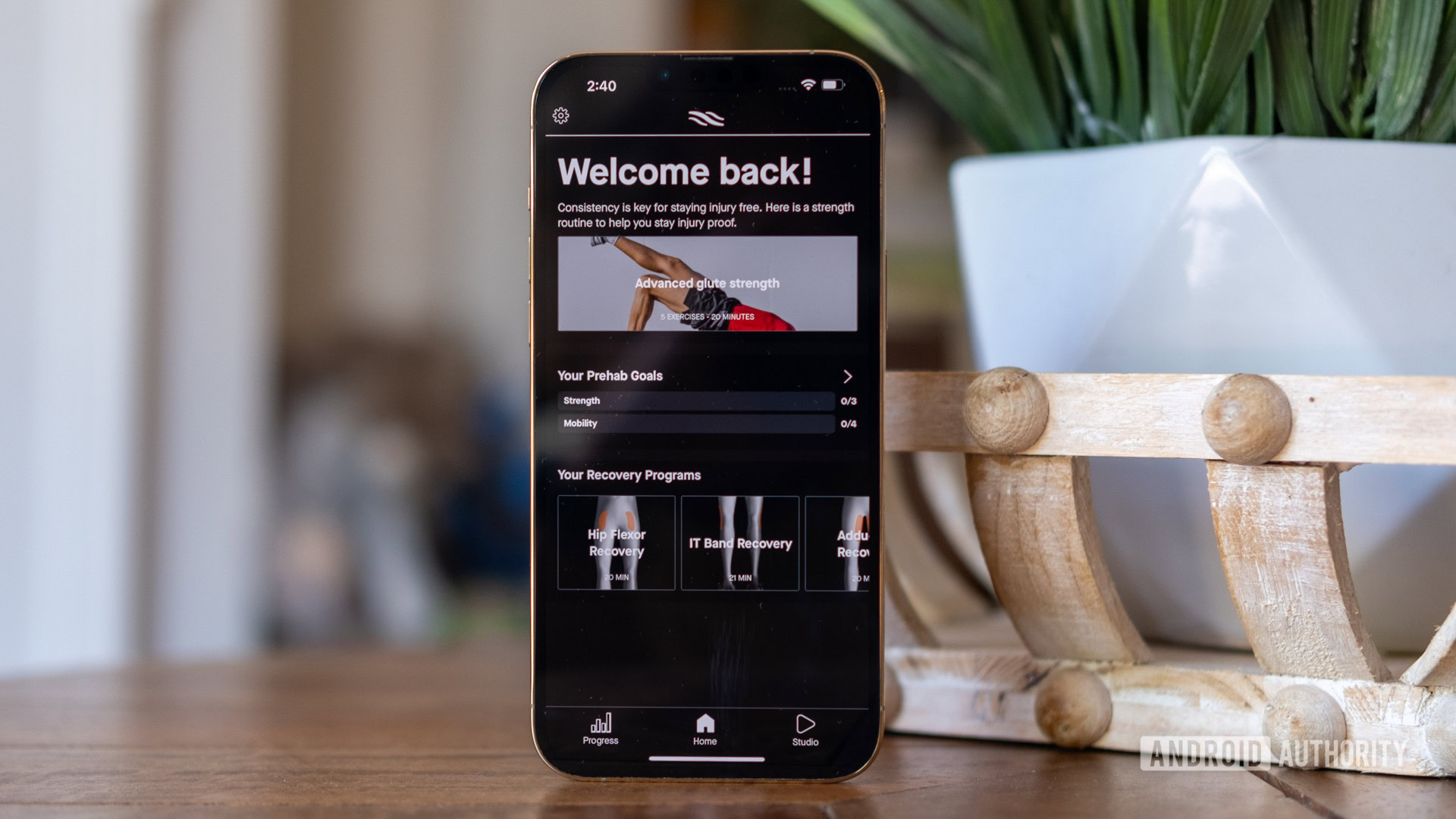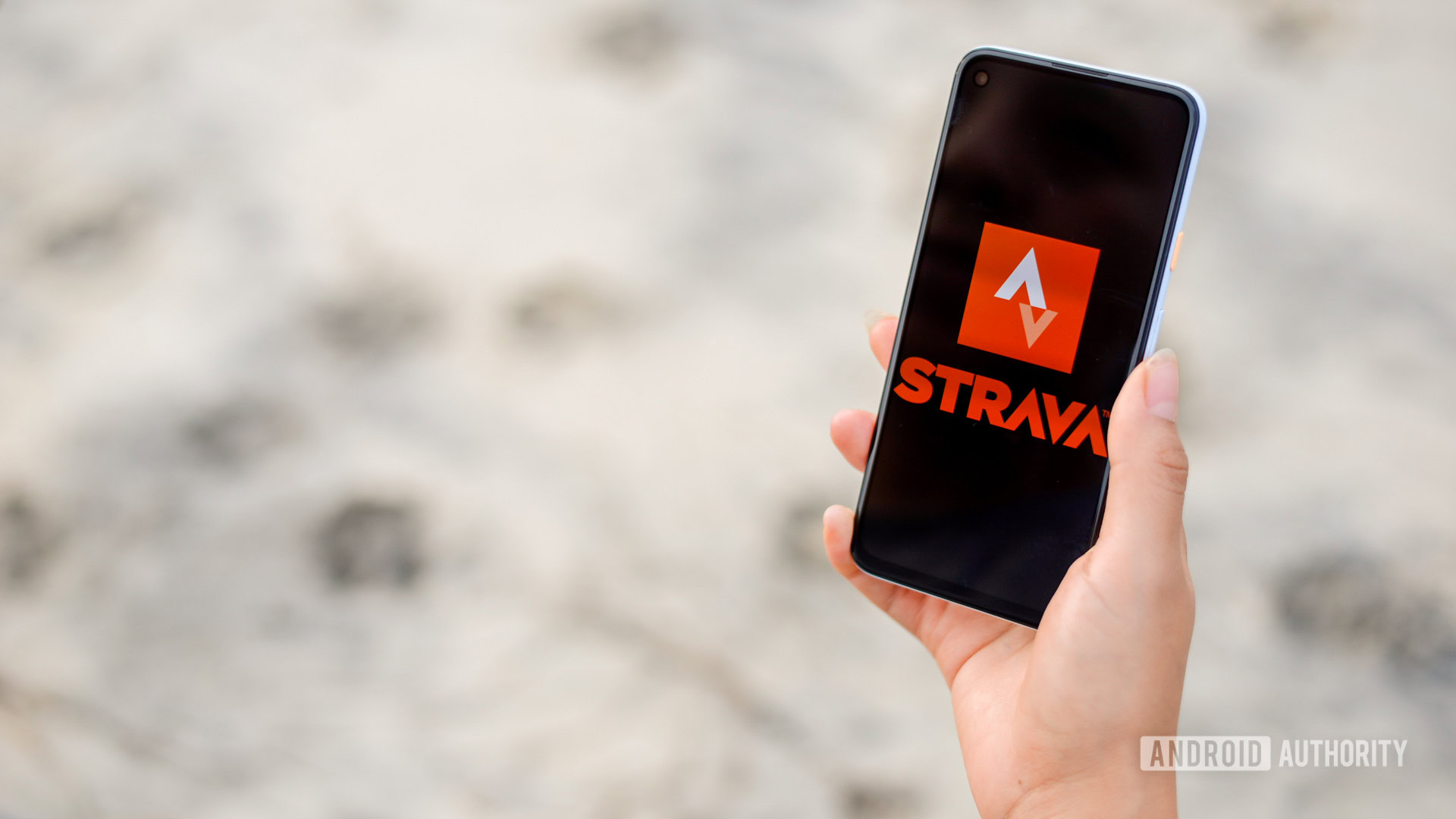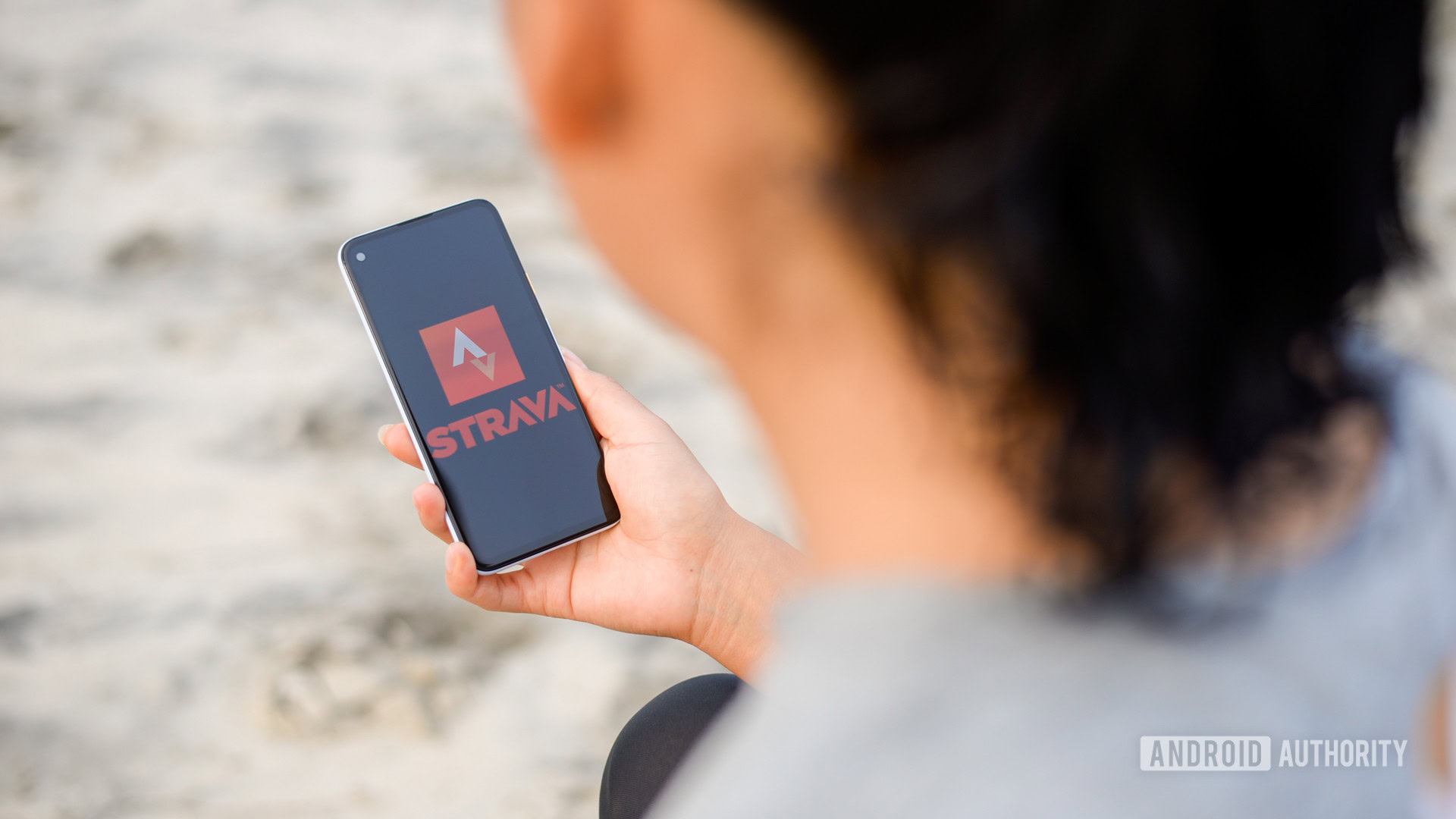Affiliate links on Android Authority may earn us a commission. Learn more.
Strava tried to make me go to Prehab...
August 13, 2022

Running is a sport that has its hazards — both serious and sometimes silly. I can live with side effects like a terrible running watch tan that never goes away and having too many shoes strewn about, but injuries are another story. Sure, they’re part of just about every physical activity, but I realize I’m not a high school kid who can bounce back from nearly everything anymore. Now, I’m actively trying to prevent myself from getting hurt, and all it took was a little bit of divine Strava intervention.
See also: Gamification has taken the fun out of fitness and learning
Not made of rubber anymore

I don’t know if it was the ghost of Amy Winehouse herself, but when I saw Strava was buying Recover Athletics, I immediately thought, “No, no, no.” Not because it seemed like a bad idea, but because it seemed like something I’d never use. The free membership to recovery programs sounded nice, but I wasn’t injured, nor was I particularly worried about recovering. I was running just about as well as I’d ever been since I hung up my cross country spikes at the end of high school. Then I crushed a 10-mile race, which tried to crush me right back.
“It’s probably nothing,” I figured. “I’m only 25, a few days or a week off, and I’ll be right as rain.” Unfortunately, it wasn’t so easy. It felt like I was chasing a pain up and down my legs and could never really lock down its source. Honestly, it almost sounded like Strava was mocking me in the background for thinking I could muscle through the discomfort.
Endurance fitness — like a wild night out — is a good reminder that you're not as young as you once were.
After a few weeks of not feeling any better (I know how stubborn I am, don’t worry), I finally downloaded Recover Athletics and linked it to my Strava account.
The setup process is easy enough — you link Recover with your Strava account to give a better picture of yourself and your preferred activities. Recover then directs you to a 3D human body model, where you can point to what hurts. I went with the usual for runners: Hip flexors, adductors, and IT band recovery. From there, the app will build a series of prehab goals of what to stretch and strengthen to keep yourself injury free.
Don’t get me wrong; I can’t stand the term “Prehab.” I tried explaining it to a few of my colleagues, and all I got was a series of weird looks. Not everything needs a fancy term. Really, it doesn’t.
See also: The best fitness apps to get in shape and stay there
On the mend with Recover’s prehab plans

Nothing in running happens quickly, so it’s not a surprise that Recover takes a little while before you see results. After all, you can’t go from not stretching to stretching like a rubber band unless you’ve torn something. However, Recover is a service that rewards you the more often you dip back into the well. It’s like a highly effective physical trainer — just annoying enough to keep you going. Every time I finish a run and sync it with Strava, Recover is there with a gentle push to remind me I need to stretch.
Recover, like a well-trained coach, is just annoying enough to be effective.
Also, like a good trainer, Recover has no problems switching up the focus muscles. It pulls from core categories like Strength and Mobility depending on whether you just finished a workout or not. I haven’t run today, so it’s recommending a 20-minute routine called “Advanced glute strength,” seeing as I have a little more in the tank for once. Recover sets regular prehab goals, too, so I’m working my way through three strength and four mobility activities before it cycles to a new group.
It’s tough to say exactly when I noticed that my Recover routine was helping, but that’s only because I’ve stuck with it as long as I have. At this point, I’d probably go right back to my injured state if I stopped for too long. However, the Progress tab lets you manually log your muscle soreness, and my aches have maintained a low, manageable level.
If you’re into the world of professional running (no, I don’t mean you’re a pro, you just like to follow them), Recover can be even more enjoyable. There are featured routines from American women’s marathon record holder Keira D’amato, as well as warm-ups from Olympians Meb Keflezighi and Kate Tenforde. They won’t turn you into an Olympian overnight, but these people have access to some of the best recovery and training methods on earth, so it has to be worth a shot.
Read next: The future of fitness is subscriptions, but it shouldn’t be
A couple of knots to work out

While I’ve had a great experience with Recover, one thing still gives me pause. The integration between Recover and Strava is relatively bare bones. You can share your activities and a basic look at what you stretched, but it’s not as in-depth as the reports you get from Peloton or Zwift. It doesn’t hold back your stretching, just how easily you can share it.
Stretching is helping me run with less pain, and that's all I'm after.
Growing pains aside, Recover has become a service I now share as often as I talk about running. If you know any runners, you know we talk about little else. At the very least, it’s a good reminder that stretching has benefits. Maybe giving Recover a shot will get you a few extra kudos on Strava — not because of in-depth syncing, but because it might help you run better for your daily miles.
I can’t promise that last bit, of course, but stretching is helping me run with less pain at the very least, and that’s all I’m after.
Get connected: Sync Fitbit with Strava | Sync Garmin with Strava
Thank you for being part of our community. Read our Comment Policy before posting.